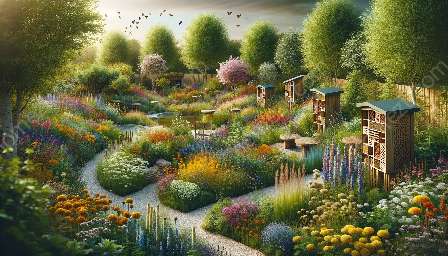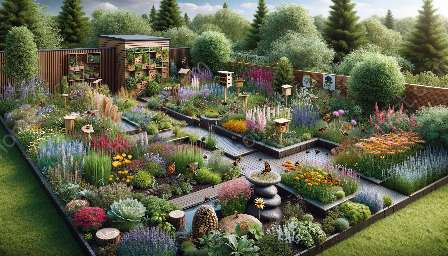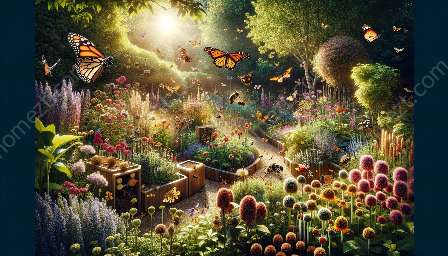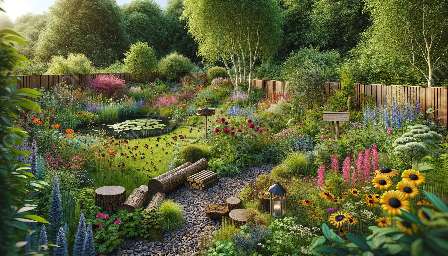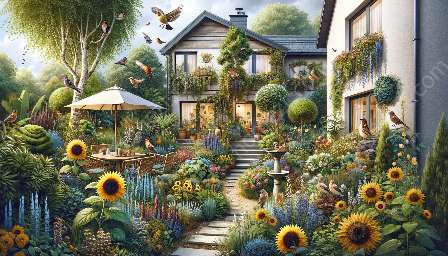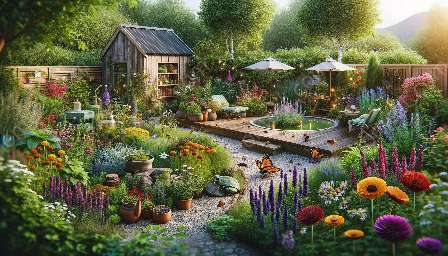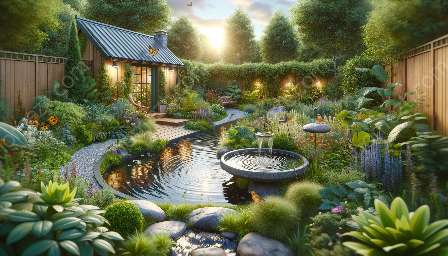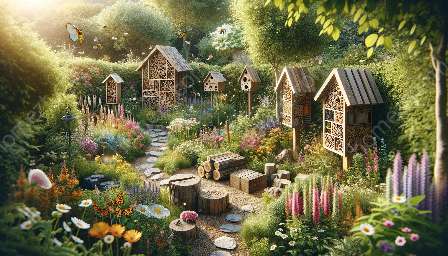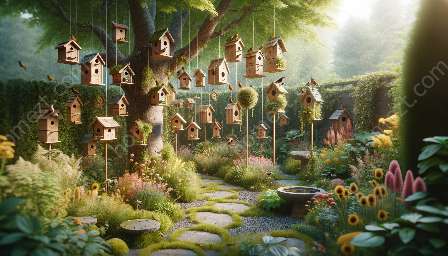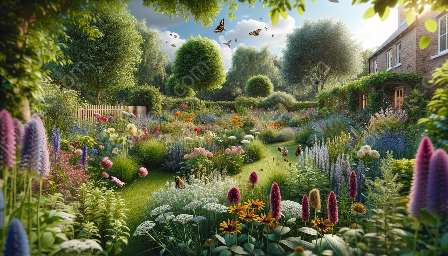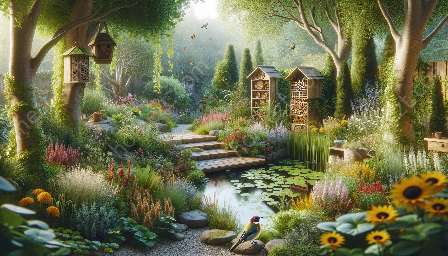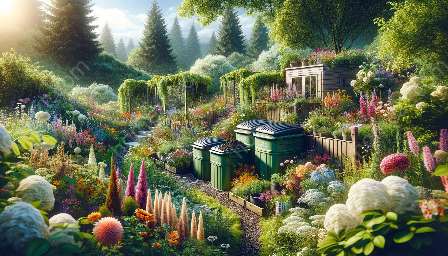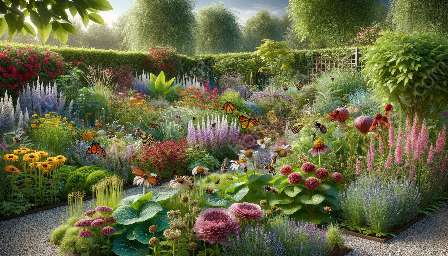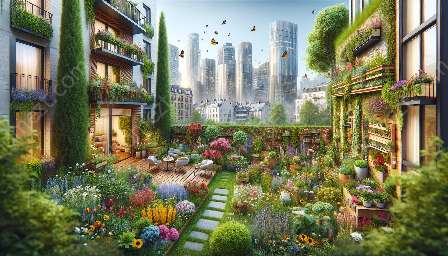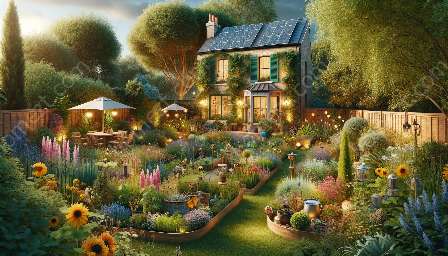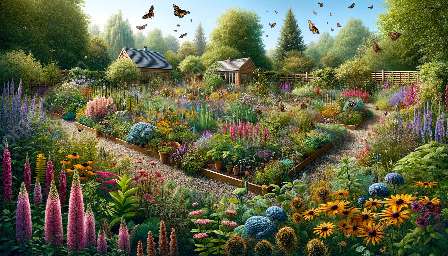Creating a wildlife-friendly garden involves more than just planting flowers and shrubs. Incorporating water features into your outdoor space can make a significant difference in attracting beneficial insects and supporting local wildlife. In this comprehensive guide, we will explore the various types of water features that can enhance your garden and provide a habitat for wildlife, while also delving into the relationship between water features, wildlife gardening, and the attraction of beneficial insects.
The Importance of Water Features in Wildlife Gardening
Water is an essential element for all living creatures, and providing a water source in your garden can greatly increase the biodiversity of your outdoor space. Water features, such as ponds, bird baths, and even small fountains, not only add aesthetic appeal to your garden but also serve as vital resources for wildlife.
Attracting Beneficial Insects through Water Features
Water features play a significant role in attracting beneficial insects, including pollinators and natural predators that help keep pest populations in check. Bees, butterflies, and other pollinators are drawn to water sources for hydration, while predatory insects, such as dragonflies and damselflies, use water bodies for breeding and feeding, thereby contributing to a balanced ecosystem within your garden.
Types of Water Features for Wildlife
Ponds: Constructing a pond, large or small, can be one of the most impactful ways to introduce a water feature to your garden. Ponds support a diverse array of wildlife, from aquatic plants and insects to amphibians and even some smaller mammals.
Bird Baths: Providing a shallow, clean water source for birds can attract a variety of avian species to your garden, offering them a place to drink, bathe, and cool off during hot weather.
Water Containers: Even small containers, such as barrels or pots, filled with water can serve as important water features, especially for smaller creatures like insects and amphibians.
Designing Water Features with Wildlife in Mind
When planning and designing water features for wildlife, it's essential to consider the specific needs of different animal species. Incorporating sloping edges in ponds can provide easy access for amphibians, while placing rocks and pebbles in bird baths can offer a landing spot for smaller insects and provide grip for birds.
Creating a Thriving Ecosystem for Wildlife
Incorporating water features into your garden can contribute to the creation of a thriving ecosystem that supports a wide range of wildlife, including birds, amphibians, and beneficial insects. By carefully selecting and maintaining water features, you can enhance your garden's natural beauty while fostering a biodiverse and sustainable environment.
Conclusion
Integrating water features into your wildlife garden is a rewarding endeavor that not only enhances the visual appeal of your outdoor space but also provides essential resources for wildlife and beneficial insects. From ponds to bird baths, the possibilities for creating a vibrant and sustainable ecosystem are endless, and the benefits to local wildlife are immeasurable.

